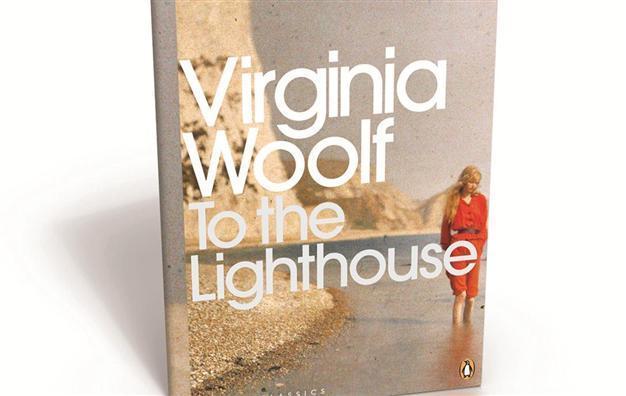10 toughest challenges in literature identified
ISTANBUL - Hürriyet Daily News

Virginia Woolf’s ‘To The Lighthouse’ is one of the 10 thoghest books to read in English literature, The Millions says.
Online literary magazine, The Millions, has identified the 10 most difficult books in English-language literature, CBC books reported. Project curators Emily Colette Wilkinson and Garth Risk Hallberg spent three years poring through the most “legendarily difficult books, books that are hard to read for their length, their syntax and style, their structural and generic strangeness, their odd experimental techniques or their abstraction” to come up with the list, which was recently revealed on PublishersWeekly.com.
The toughest literary challenges include “A Tale of a Tub” by Jonathan Swift, which Wilkinson described as containing “superabundant references to obsolete cultural squabbles, some obscure even in Swift’s 18th-century England.”
“Finnegans Wake” by James Joyce made the list Hallberg said because it’s “long, dense and linguistically knotty, yet hugely rewarding, if you’re willing to learn how to read it.” “To the Lighthouse” by Virginia Woolf is a novel written in 1927 that is “both intellectually and psychically difficult,” according to Wilkinson. “Not only is it hard to tell who’s who and who’s saying or thinking what, it is also disconcerting, even queasy-making, to be set adrift in another mind, with their private rhythms and associative patterns,” she said.
“The Making of Americans” by Gertrude Stein is a monster of a novel, clocking in at more than 900 pages. “I keep getting several hundred pages in, switching to something else and then returning to find I’ve lost the thread,” Hallberg said.
Other books on the list are “Nightwood” by Djuna Barnes, “The Phenomenology of the Spirit” by G.F. Hegel,” “Clarissa, Or the History of a Young Lady” by Samuel Richardson, “Being and Time” by Martin Heidegger, “The Faerie Queene,” by Edmund Spenser and “Women and Men” by Joseph McElroy.
